Honda Civic Service Manual: Rear Damper Removal, Installation, and Inspection (Natural Gas models)

| 1. | Rear Damper Exploded View |
|
Exploded View |
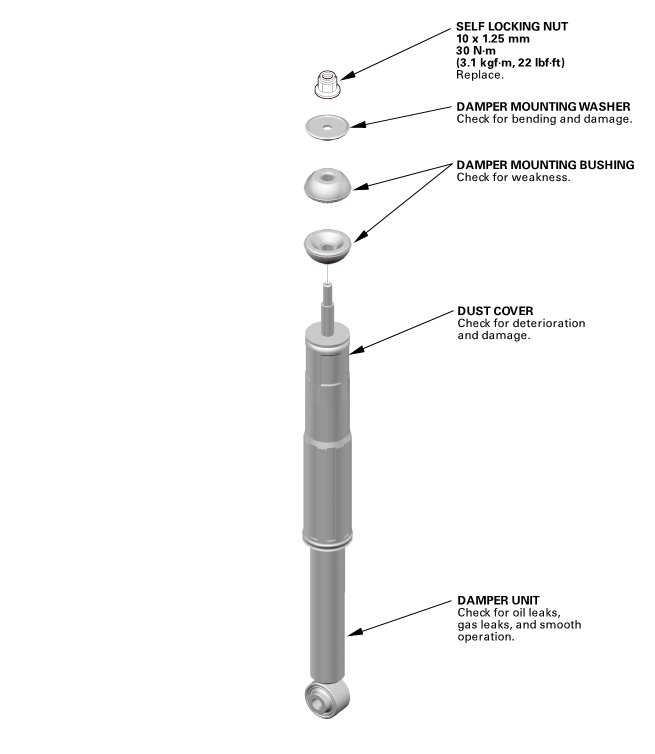 se.rlockingum10125mmmminmountingandmountingamanduurrorallandsmeelh
se.rlockingum10125mmmminmountingandmountingamanduurrorallandsmeelh

| 1. | Vehicle Lift |
|
| 2. | Rear Wheel |
|
|
|
| 3. | Rear Knuckle - Jack Up |
|
|
|
| 4. | Rear Damper Lower Side - Disconnection |
|
|
|
| 5. | Trunk Floor Lid (Natural Gas Model) |
|
|
|
| 6. | Trunk Front Trim Panel (Natural Gas Model) |
|
|
|
|
|
|
| 7. | Rear Damper Upper Side |
|
|
|
| 8. | Rear Damper |
|
|
|

| 1. | Rear Damper - Inspection |
|
|
|

| 1. | Rear Damper |
|
|
|
| 2. | Rear Knuckle - Jack Up |
|
|
|
| 3. | Rear Damper Lower Side - Reconnection |
|
|
|
| 4. | Rear Damper Lower Side - Tighten Under Vehicle's Weight |
|
| 5. | Rear Damper Upper Side |
|
|
|
|
|
|
| 6. | Trunk Front Trim Panel (Natural Gas Model) |
|
|
|
|
|
|
| 7. | Trunk Floor Lid (Natural Gas Model) |
|
|
|
| 8. | Rear Wheel |
|
|
|
||||||
| 9. | Pre-Alignment Checks |
|
| 10. | Camber - Inspection |
|
||||||||||||||||||||||||||||||||||||||||||||||||||||||||||||||||||||||||||||||||||||||
| 11. | Rear Toe - Inspection |
|
||||||||||||||||||||||
 Rear Damper Removal, Installation, and Inspection (Except Natural Gas models)
Rear Damper Removal, Installation, and Inspection (Except Natural Gas models)
417105 LEFT
417110 RIGHT
417101 BOTH
1.
Rear Damper Exploded View
Exploded View
se.rlockingum10125mmmminmountingandmountingamanduurrorallandsmeelh
...
 Springs
Springs
...
See also:
Honda Civic Service Manual. Side Impact Sensor (First) Removal and Installation (2-door)
7521B6 LEFT FRONT
7521B7 RIGHT FRONT
Removal
NOTE: SRS components are located in this area. Review the SRS
component locations and the precautions and procedures before doing
repairs or service.
1.
Battery Termi ...

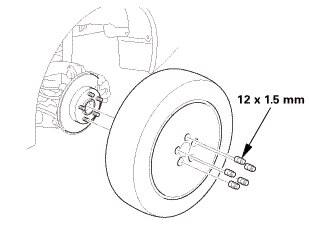
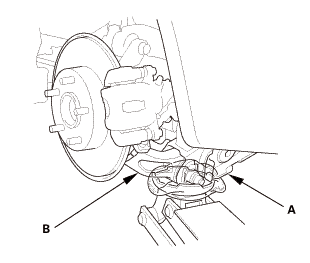
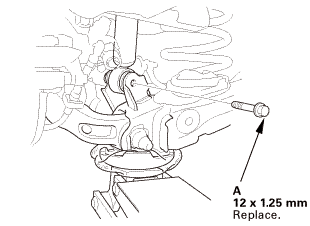
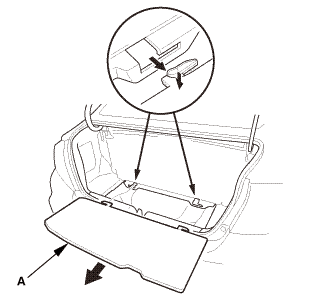
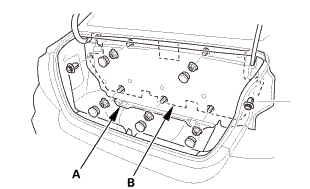
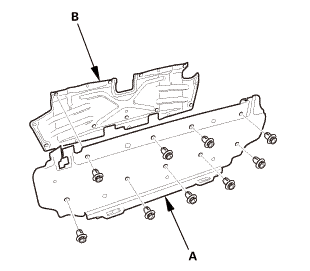
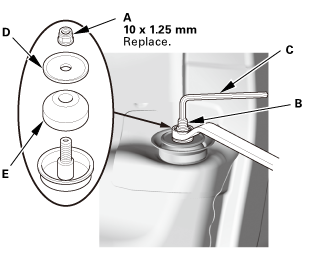
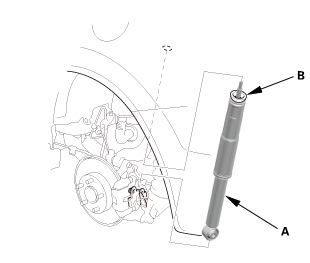
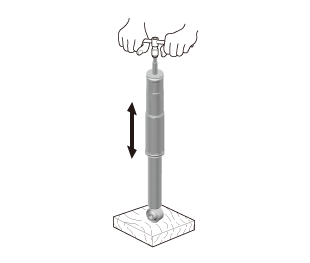
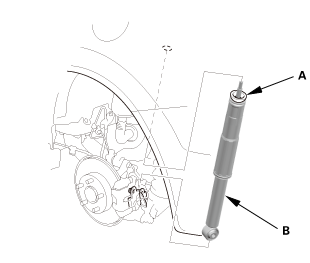
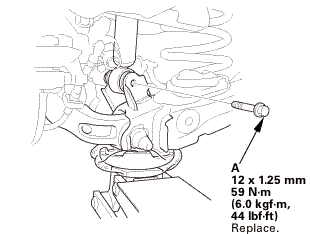
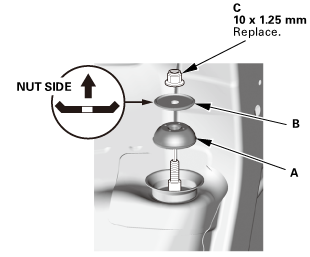 125mm
125mm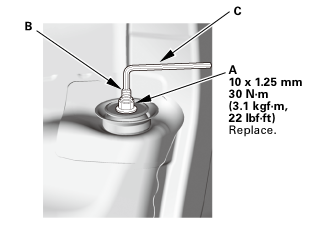 inmm22
inmm22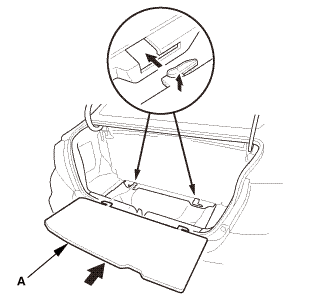
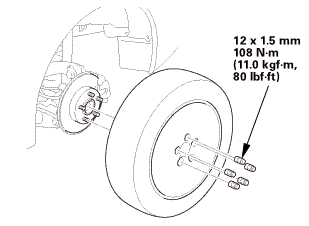 15mmumum
15mmumum